Book: Colonial Modern
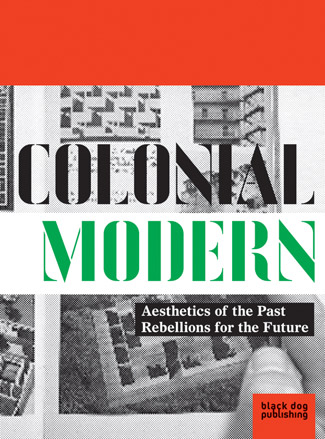
'Colonial Modern: Aesthetics of the Past, Rebellions of the Future' is a very timely look at the impact of Western Modernist architecture on the colonial and post-colonial countries of North Africa, and one of the first attempts to untangle this complex mesh of ideology and aesthetics.
The genuine economic advantages of building in steel and reinforced concrete enabled large swathes of new housing to be built across the region. But with the whitewashed walls came some rather unsavoury presumptions, particularly the idea that the colonies were a sandbox for architectural experimentation, free from the 'heritage' concerns of the Western city. 'Colonial Africa was transformed into a laboratory for Western modernity,' writes Bernd M Scherer in his introduction, adding that these large-scale ventures in system building were subsequently re-imported back into Europe in the post-war years.
For the proponents of 'heroic' modernism, the deserts of Algeria and Morocco represented unbounded opportunity. There are plenty of striking buildings illustrated within, but their iconic time in the sun was short-lived. Now, over half a century later, the most fascinating parts of Colonial Modern are the way modernist sterility has been reappropriated and altered, a messy hierarchy of spaces that reflects the complex - and now crumbling - power structures that emerged in the post-colonial era.
Densely illustrated and impeccably researched, Colonial Modern pulls in aspects of architectural, cultural and political history to provide a fascinating look at the dangers of aesthetic imperialism.
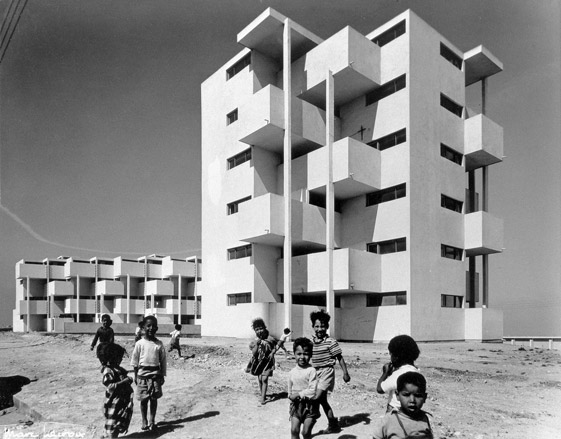
Inside Colonial Modern: Housing projects on the empty field of Sidi Othman in Casablanca, 1955
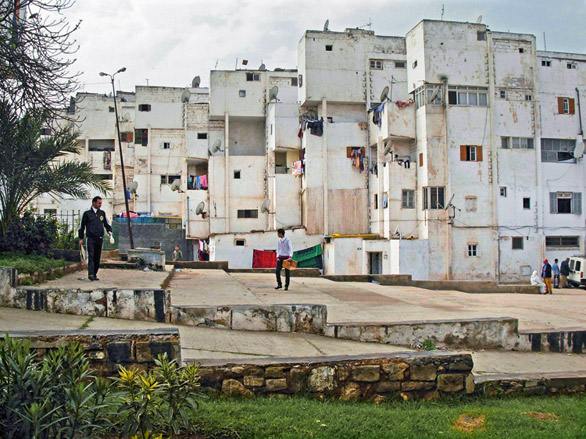
Sidi Othman in 2008, with ’closed off balconies and … a park, attempting to fence off the housing complex to restrict access from the poorer districts nearby’
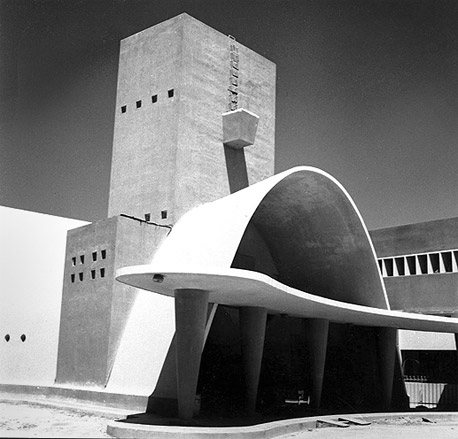
Hygiene school in Oran, Hammam Bou Adjar, Algeria, by Mauri et al, Candilis, ATBAT-Afrique, 1957
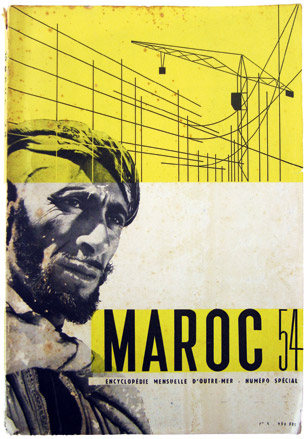
Maroc 54, Encyclopedie d’Outre-Mer, Special Edition 1954
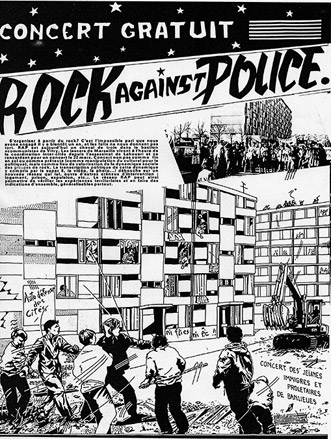
Re-imported modernism: systems building developed in the colonies is sent back to France’s troubled banlieus.
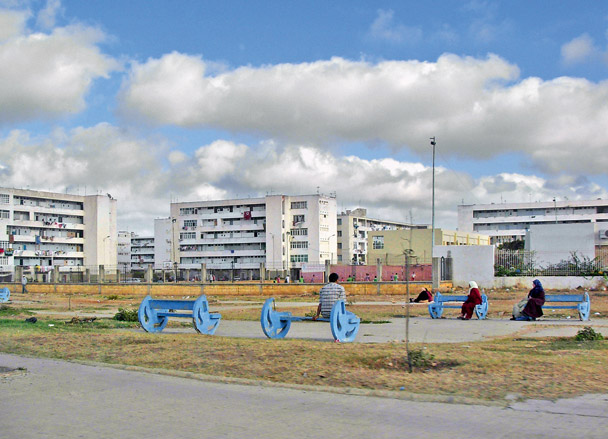
El Hank Settlement, Casablanca, built by Aroutcheff, Lucaud, Moranti, Roussseau, Zeligson (construction 1952-53)
Photograph: Marion von Osten, 2008
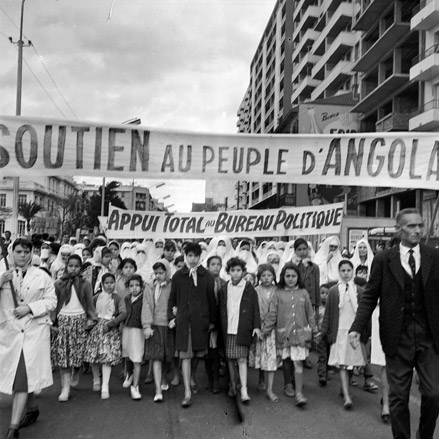
Algerians rallying in support of Angolan independence (10 February 1963, Algiers)
Wallpaper* Newsletter
Receive our daily digest of inspiration, escapism and design stories from around the world direct to your inbox.
Jonathan Bell has written for Wallpaper* magazine since 1999, covering everything from architecture and transport design to books, tech and graphic design. He is now the magazine’s Transport and Technology Editor. Jonathan has written and edited 15 books, including Concept Car Design, 21st Century House, and The New Modern House. He is also the host of Wallpaper’s first podcast.
-
 All-In is the Paris-based label making full-force fashion for main character dressing
All-In is the Paris-based label making full-force fashion for main character dressingPart of our monthly Uprising series, Wallpaper* meets Benjamin Barron and Bror August Vestbø of All-In, the LVMH Prize-nominated label which bases its collections on a riotous cast of characters – real and imagined
By Orla Brennan
-
 Maserati joins forces with Giorgetti for a turbo-charged relationship
Maserati joins forces with Giorgetti for a turbo-charged relationshipAnnouncing their marriage during Milan Design Week, the brands unveiled a collection, a car and a long term commitment
By Hugo Macdonald
-
 Through an innovative new training program, Poltrona Frau aims to safeguard Italian craft
Through an innovative new training program, Poltrona Frau aims to safeguard Italian craftThe heritage furniture manufacturer is training a new generation of leather artisans
By Cristina Kiran Piotti
-
 Ten contemporary homes that are pushing the boundaries of architecture
Ten contemporary homes that are pushing the boundaries of architectureA new book detailing 59 visually intriguing and technologically impressive contemporary houses shines a light on how architecture is evolving
By Anna Solomon
-
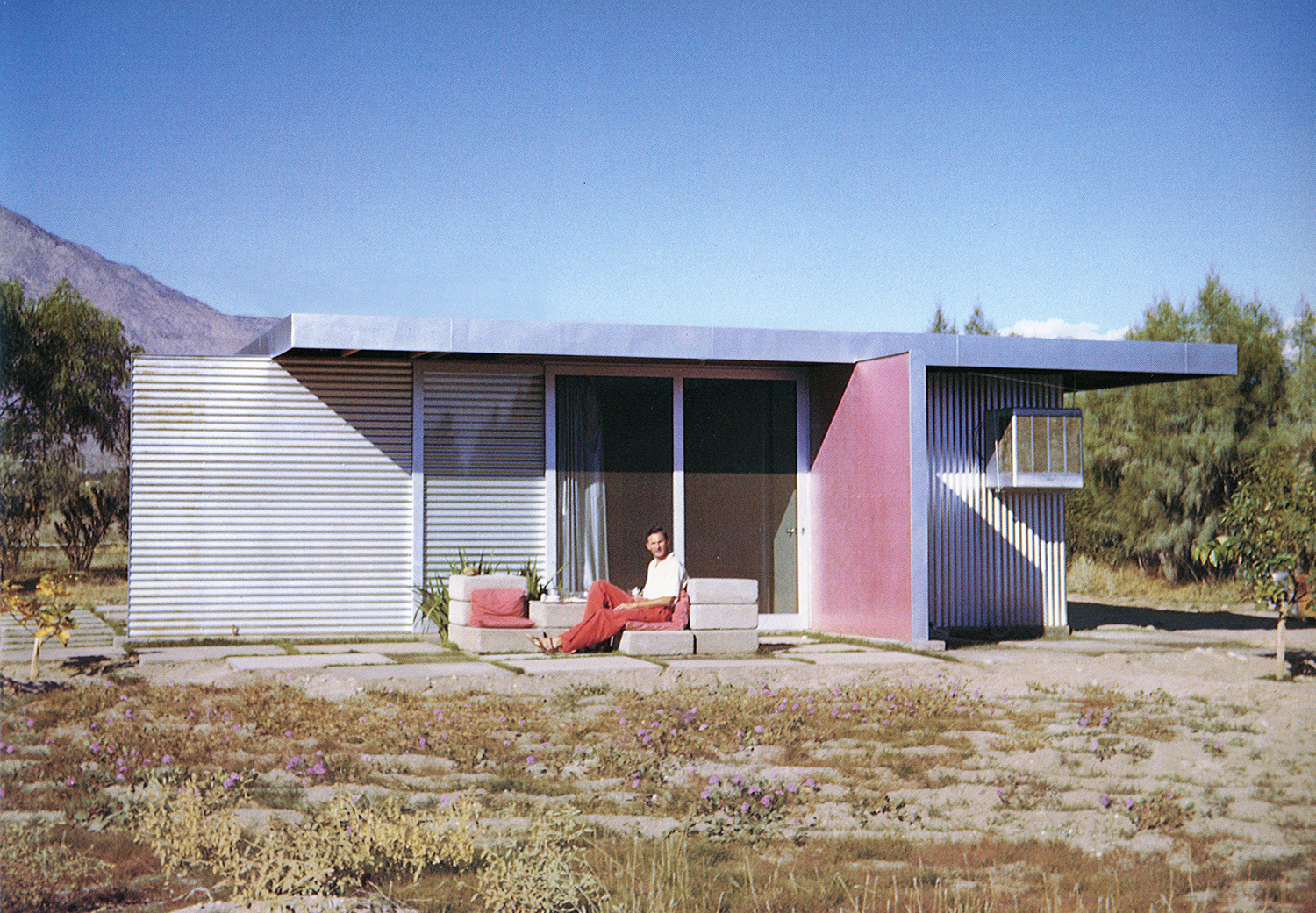 Take a deep dive into The Palm Springs School ahead of the region’s Modernism Week
Take a deep dive into The Palm Springs School ahead of the region’s Modernism WeekNew book ‘The Palm Springs School: Desert Modernism 1934-1975’ is the ultimate guide to exploring the midcentury gems of California, during Palm Springs Modernism Week 2025 and beyond
By Ellie Stathaki
-
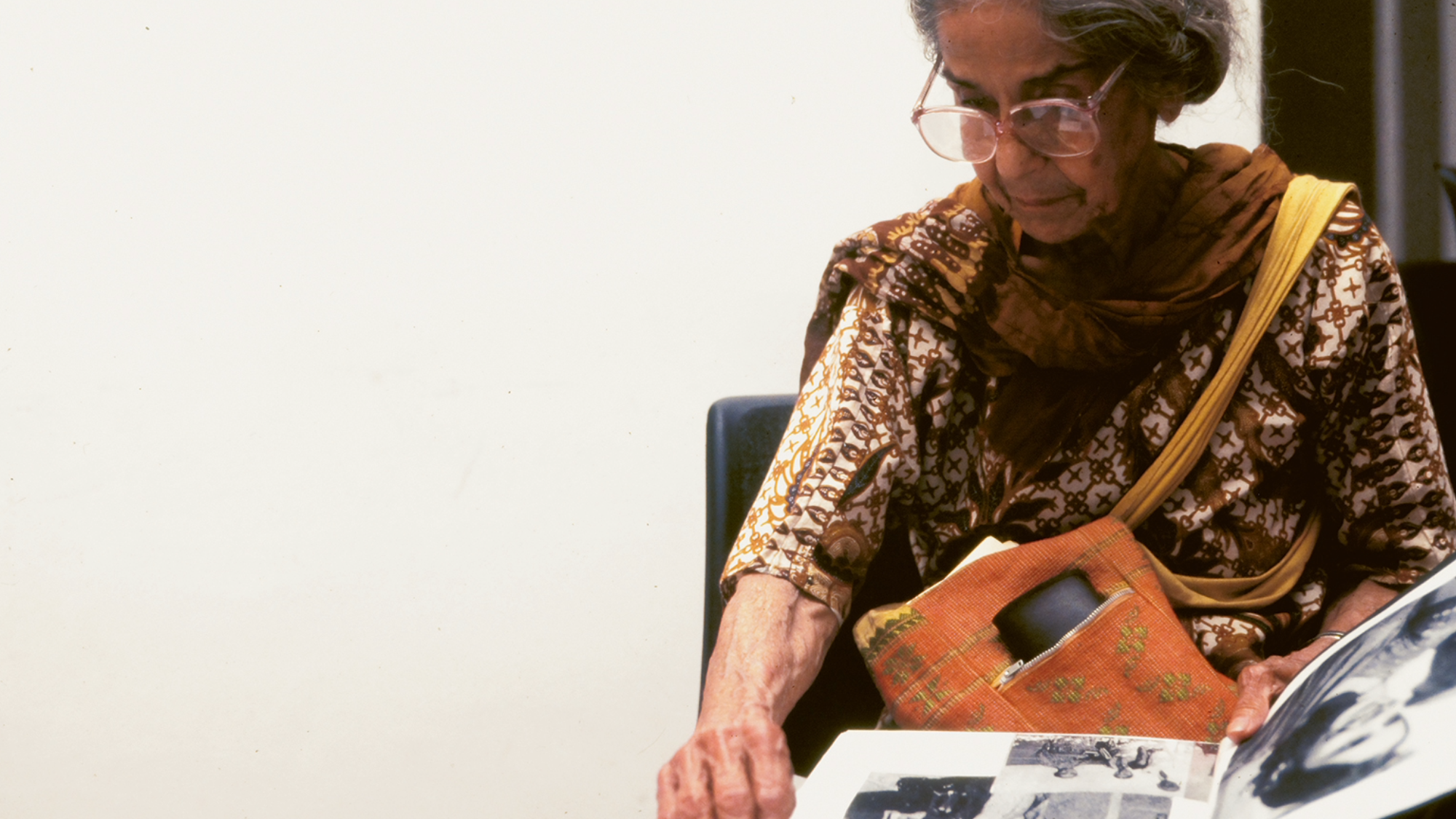 Meet Minnette de Silva, the trailblazing Sri Lankan modernist architect
Meet Minnette de Silva, the trailblazing Sri Lankan modernist architectSri Lankan architect Minnette de Silva is celebrated in a new book by author Anooradha Iyer Siddiq, who looks into the modernist's work at the intersection of ecology, heritage and craftsmanship
By Léa Teuscher
-
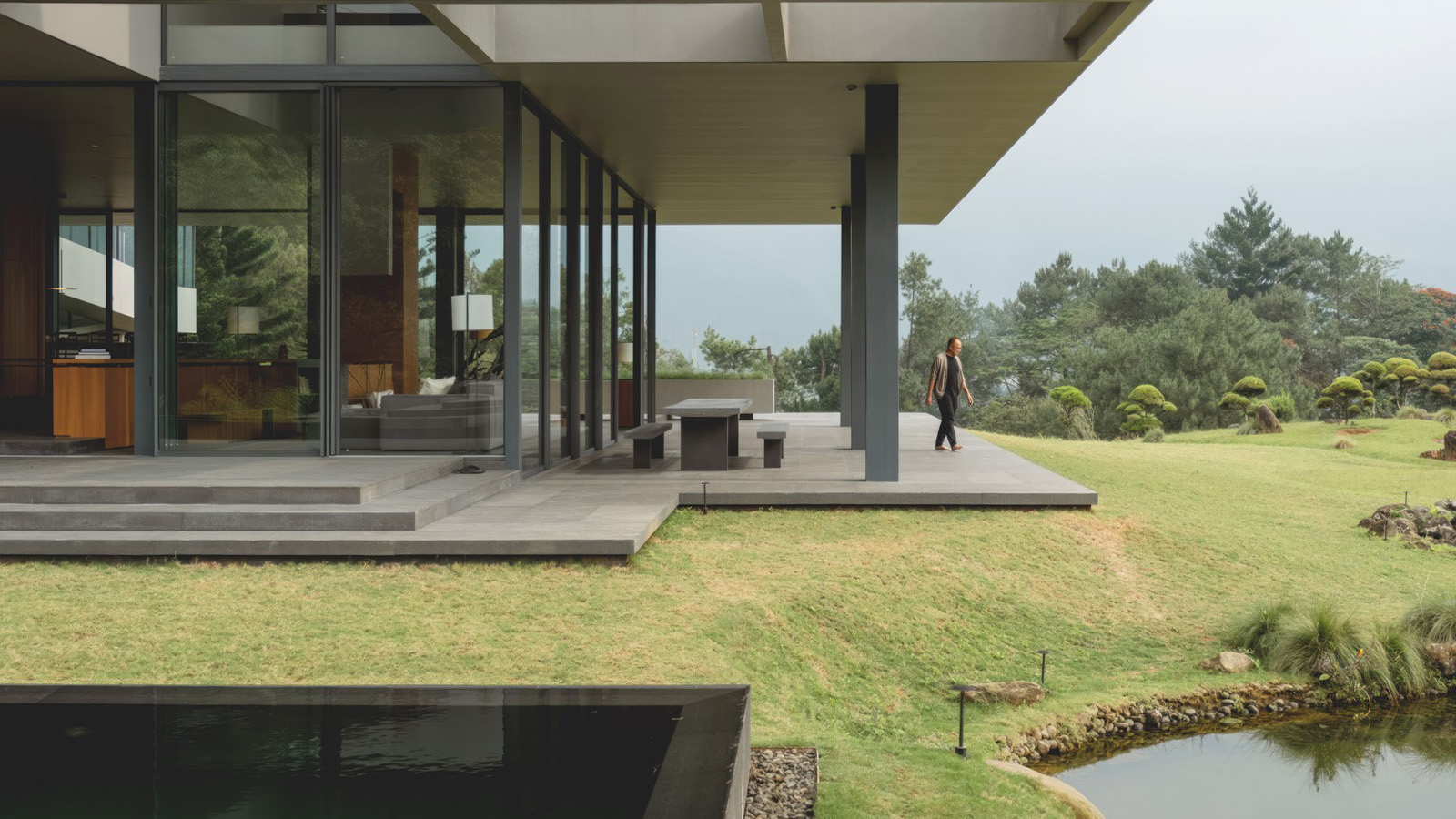 'Tropicality' explored in Indonesian architect Andra Matin’s first monograph
'Tropicality' explored in Indonesian architect Andra Matin’s first monograph'Tropicality' is a key theme in a new book on Indonesian architect Andra Matin, whose work blends landscape, architecture and living
By Harriet Thorpe
-
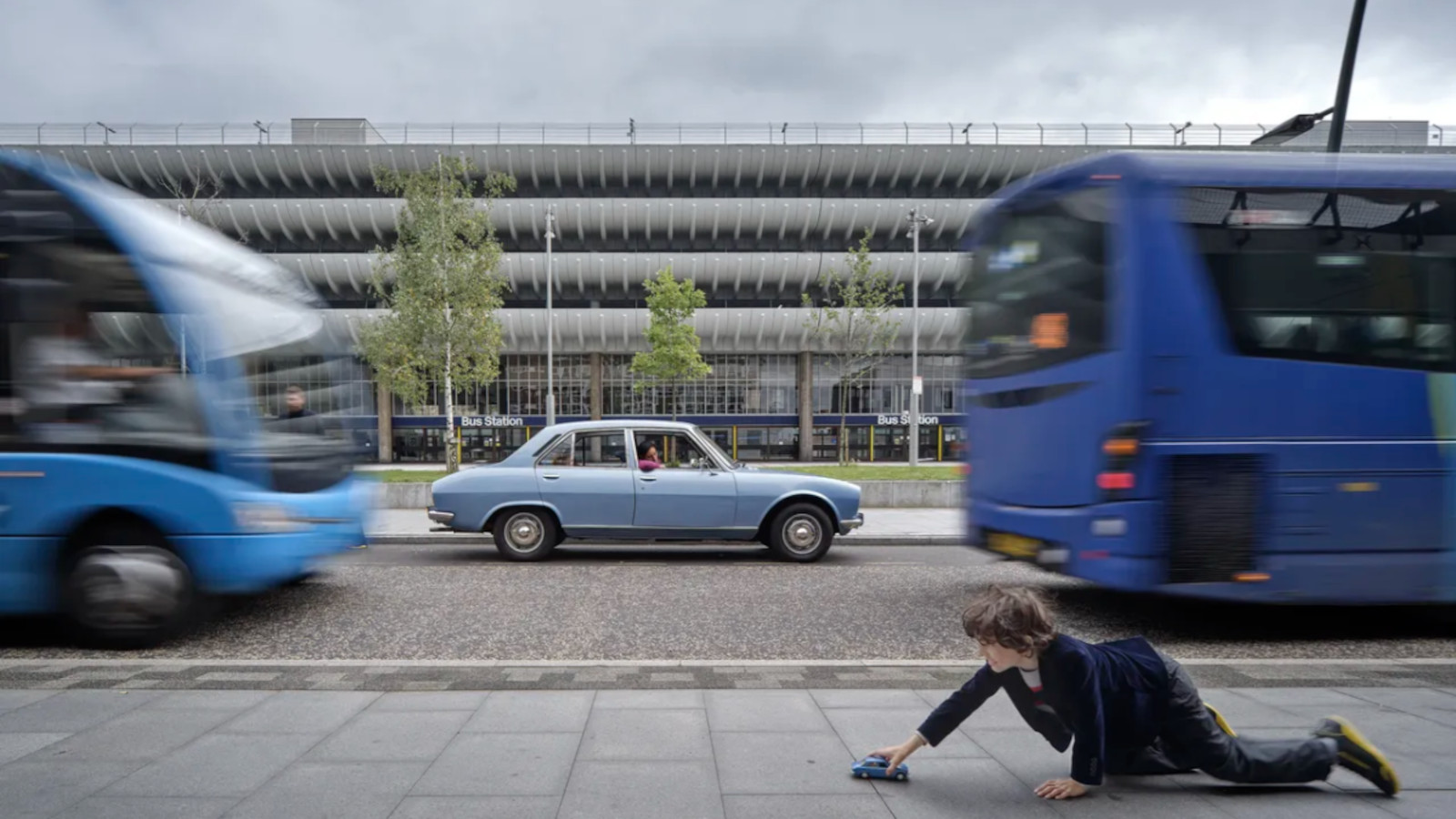 ‘A Time ⋅ A Place’ is a lovingly compiled photographic portrait of cars and architecture
‘A Time ⋅ A Place’ is a lovingly compiled photographic portrait of cars and architecture‘A Time ⋅ A Place’ is a celebration of the European Car of the Year and changing perceptions of modern design, pairing the best buildings of the age with their automotive contemporaries
By Jonathan Bell
-
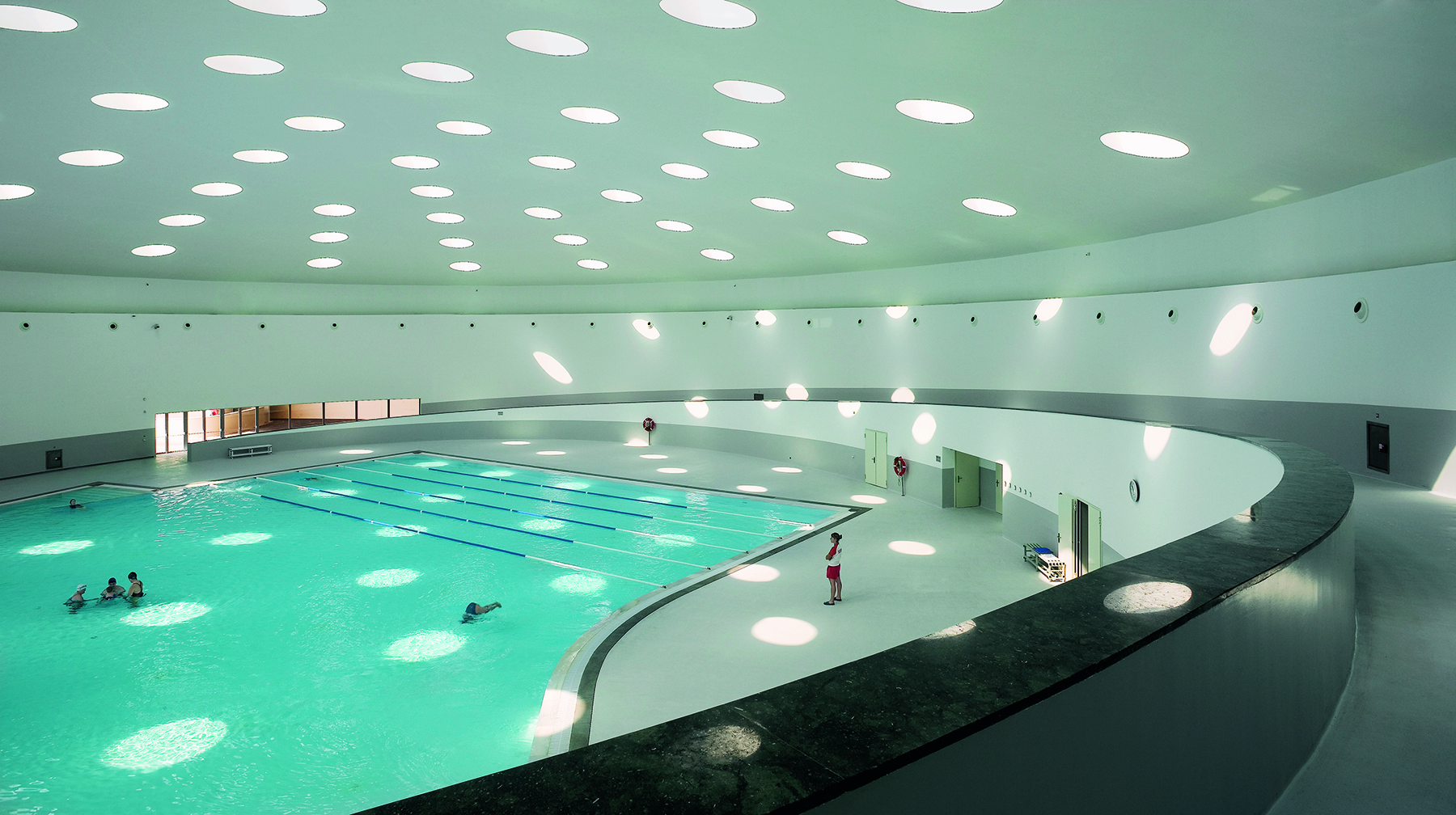 Álvaro Siza’s new monograph through the lens of Duccio Malagamba is impactful and immersive
Álvaro Siza’s new monograph through the lens of Duccio Malagamba is impactful and immersiveÁlvaro Siza and photographer Duccio Malagamba collaborate on a new monograph by Phaidon; ‘Before / After: Álvaro Siza Duccio Malagamba’ celebrates the Portuguese architect's work
By Michael Webb
-
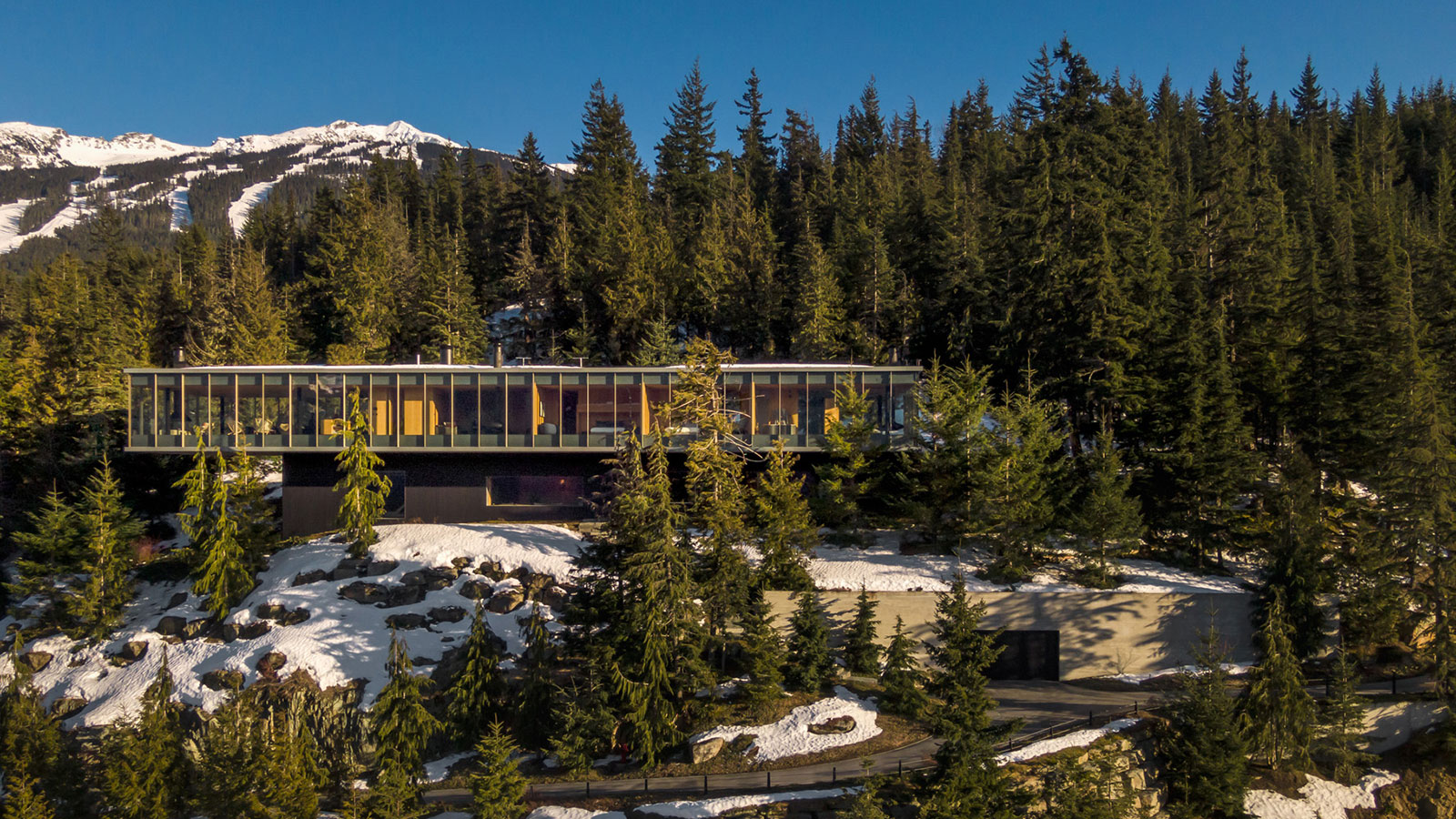 Marcio Kogan’s Studio MK27 celebrated in this new monograph from Rizzoli
Marcio Kogan’s Studio MK27 celebrated in this new monograph from Rizzoli‘The Architecture of Studio MK27. Lights, camera, action’ is a richly illustrated journey through the evolution of this famed Brazilian architecture studio
By Jonathan Bell
-
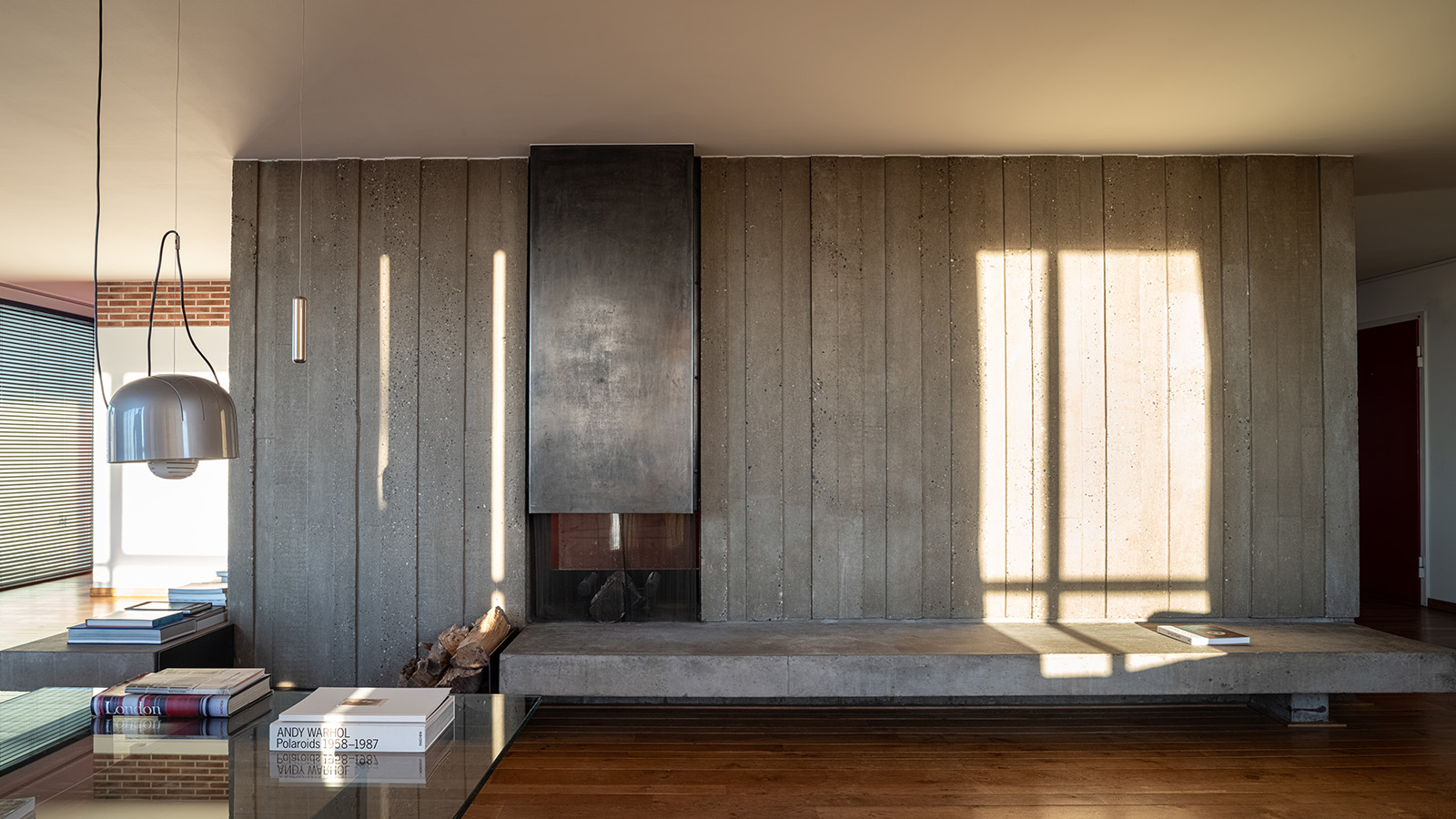 ‘Interior sculptor’ Christophe Gevers’ oeuvre is celebrated in new book
‘Interior sculptor’ Christophe Gevers’ oeuvre is celebrated in new book‘Christophe Gevers’ is a sleek monograph dedicated to the Belgian's life work as an interior architect, designer, sculptor and inventor, with unseen photography by Jean-Pierre Gabriel
By Tianna Williams